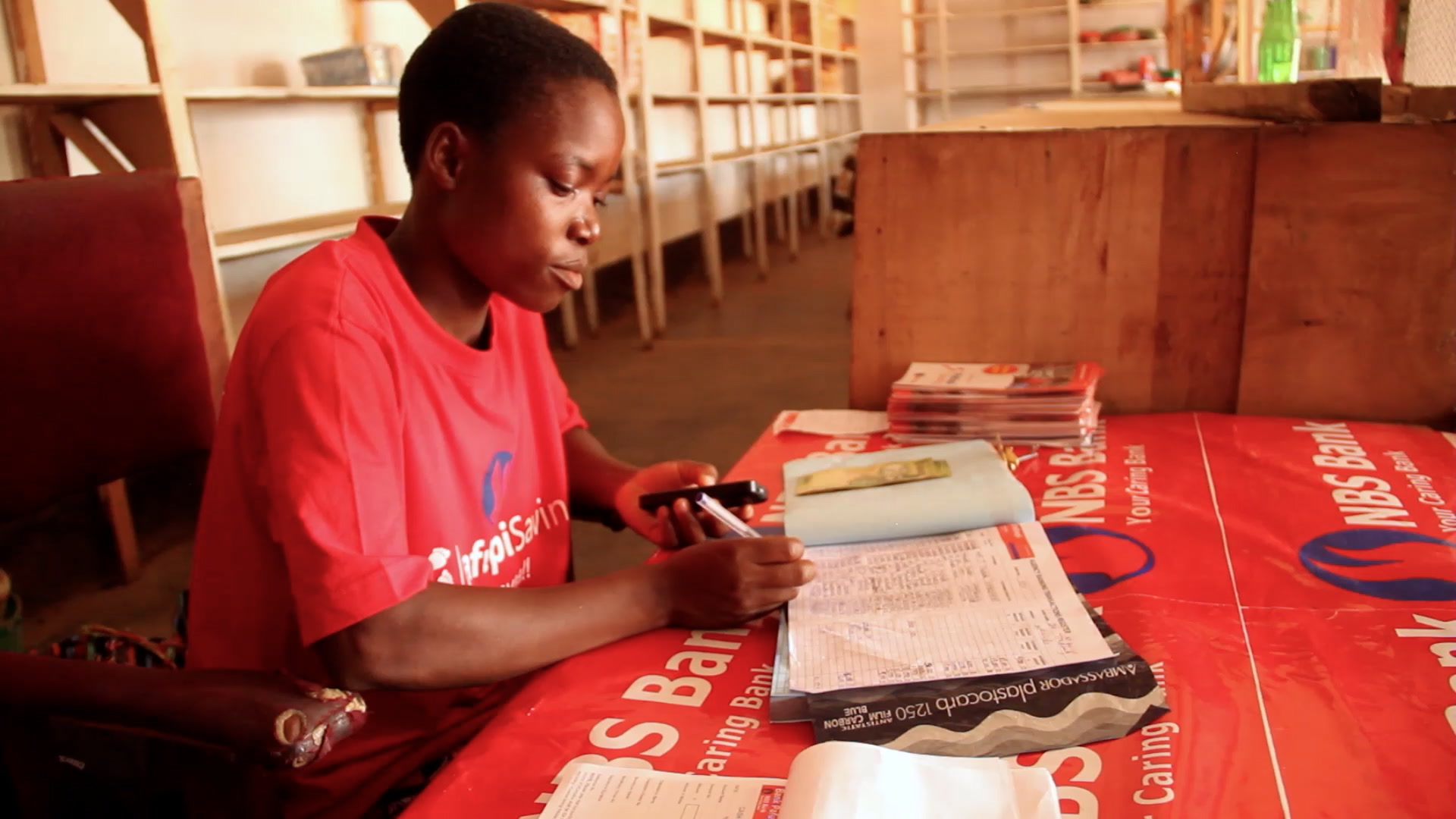A new beginning for India’s economy


Get involved with our crowdsourced digital platform to deliver impact at scale
Stay up to date:
Banking and Capital Markets
On August 15, Narendra Modi delivered his first Independence Day speech as India’s Prime Minister. Though he continued the tradition of addressing the country from the ramparts of Delhi’s historic Red Fort, the speech broke with convention. Shunning a written text, Modi extemporized for an hour, mapping out an explicit vision for India, including an economic model that constitutes a clean break from India’s past.
Since 1991, India has been slowly changing its policy framework away from the socialist vision of its first prime minister, Jawaharlal Nehru. However, for political reasons, the changes were always justified in an almost apologetic way. Indeed, many Nehru-era institutions continue to exist – and even thrive.
In one fell swoop, Modi announced the abolition of one of the most important of these institutions: the powerful Planning Commission, which had continued to churn out Soviet-style “Five-Year Plans” and remained at the heart of a centralized resource-allocation process. Its successor, the National Development and Reform Commission, will probably function more as a think tank – providing ideas and ensuring policy coherence, but with no power to allocate.
Modi also argued for a new economic-growth model based on export-oriented manufacturing. This means encouraging domestic entrepreneurs to manufacture goods for export and inviting the world’s top companies to relocate production to India. This effort is important, because India’s economy and exports are dominated by services, which have grown steadily relative to overall output, now accounting for almost 60% of GDP. By contrast, the industrial sector’s share of GDP has remain unchanged, at around 26%, for the last three decades (the manufacturing segment is even smaller, at 14.9% of GDP).
When Modi’s emphasis on export-led manufacturing is viewed in the context of his government’s focus on heavy infrastructure projects – ranging from power generation to railways – it becomes clear that his growth model, with its mass deployment of labour and capital in industry, looks similar to East Asian countries’ strategy. It is also consistent with his frequent references to the need to create new cities, because urbanization is the spatial manifestation of industrialization.
The shift to an “East Asian” growth model should not be surprising, given India’s demographic pipeline. India needs to create jobs for the ten million people per year who join the working-age population. It also needs to accommodate the millions who wish to shift away from agriculture, which still employs half of the workforce. Although the service sector was able to generate growth in the past, it has proved to be a poor job creator and only employs 27% of workers, far lower than its share of the economy. By contrast, construction and manufacturing are rightly seen to be more promising outlets for the mass deployment of semi-skilled workers.
There are, of course, many obstacles in Modi’s path. India’s tax and regulatory regime is widely regarded as unfriendly to business; but Modi’s track record in government suggests that he is sensitive to this problem and will be able to make significant improvements.
The greater challenge for Modi will be financing his growth model. The success of the East Asian model was predicated on a sharp increase in the investment rate. Beginning with Japan, every rapidly growing East Asian economy sustained investment rates in the range of 38-40% of GDP over its rapid-growth phase. China is currently investing almost half of its GDP. India’s fixed-investment ratio, by contrast, has declined in recent years to around 30% of GDP.
Foreign capital can play a role in supporting rapid growth, but international experience shows that domestic savings is key to sustaining high investment rates. Mobilizing these savings will require careful thinking about how the domestic financial system can be expanded by an order of magnitude without risking a future crisis.
Another major problem will be the migration of tens of millions of people as they are sucked into the expanding industrial economy. India does not have China’s sociopolitical controls, such as the hukou residential-permit system, to manage such a large-scale movement of people. Japan and South Korea are perhaps too small to serve as useful precedents. Modi may be hoping to preempt the problem through his project to create 100 “smart cities,” though how the program will be implemented remains unknown.
Despite all of the obstacles and risks, Modi has articulated an explicit economic vision for the first time since Nehru. Unlike the apologetic reforms of the past two decades, Indians have been promised a confident new beginning. It is now a matter of implementation.
Published in collaboration with Project Syndicate
Author: Sanjeev Sanyal is Deutsche Bank’s Global Strategist, and a World Economic Forum Young Global Leader.
Image: Employees work at the assembly line of a car company’s manufacturing plant in Tapukara, in the Indian state of Rajasthan, February 24, 2014. REUTERS/Anindito Mukherjee
Don't miss any update on this topic
Create a free account and access your personalized content collection with our latest publications and analyses.
License and Republishing
World Economic Forum articles may be republished in accordance with the Creative Commons Attribution-NonCommercial-NoDerivatives 4.0 International Public License, and in accordance with our Terms of Use.
The views expressed in this article are those of the author alone and not the World Economic Forum.
Related topics:
The Agenda Weekly
A weekly update of the most important issues driving the global agenda
You can unsubscribe at any time using the link in our emails. For more details, review our privacy policy.
More on Banking and Capital MarketsSee all
Efrem Garlando
April 16, 2024
John Hope Bryant
April 11, 2024
Alexandre Raffoul and Kai Keller
April 10, 2024
Alex Edmans
April 4, 2024
Victoria Masterson
March 28, 2024






